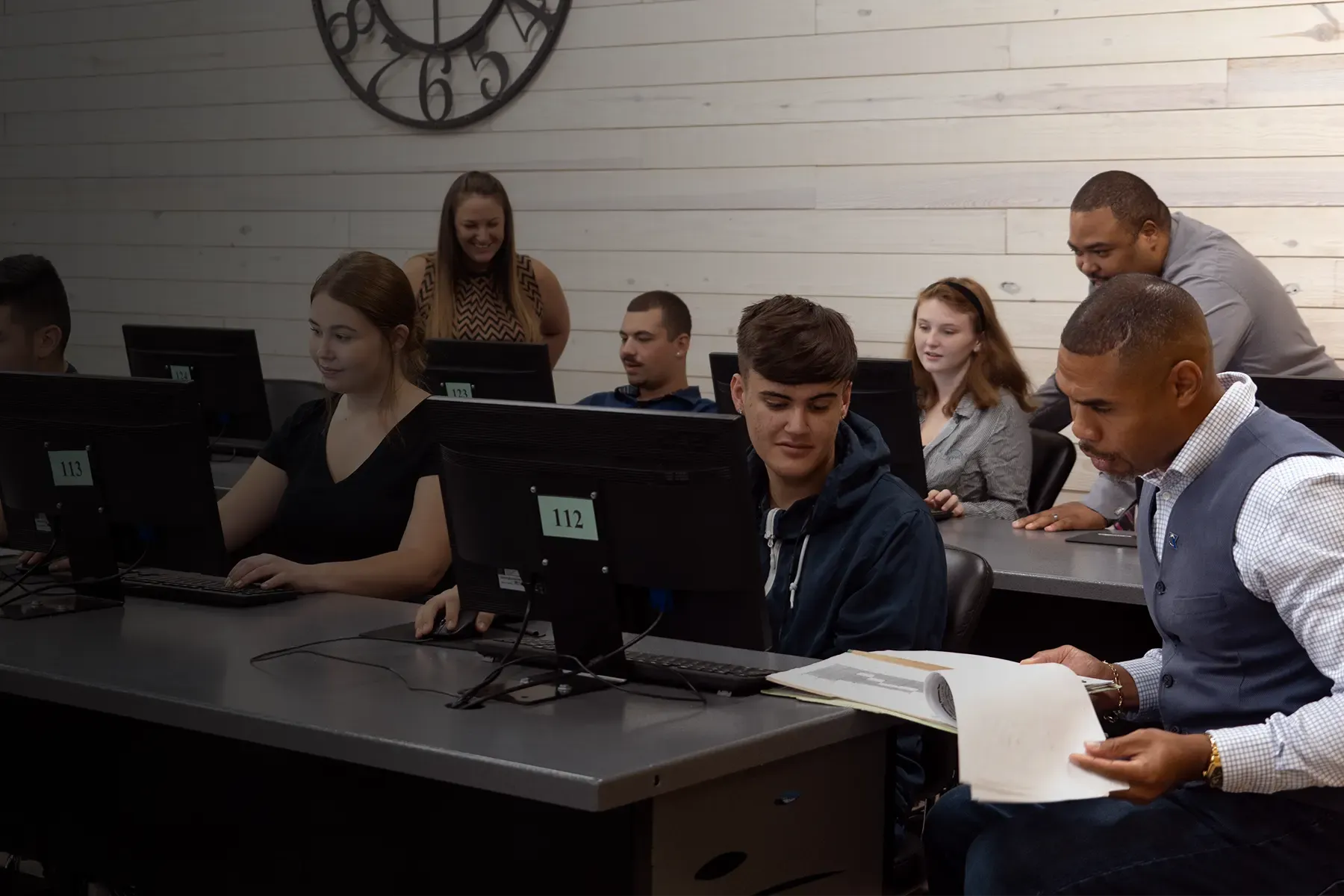Why Charter Schools are Best for Your Child’s Education
The enrollment rate at charter schools continues to increase steadily every year. For example, there was an increase from 1% to 6% between fall 2000 and fall 2007 by the number of public school students who attended public charter schools. Here are the top five benefits why charter schools are the best choice for your child’s education.
Real-World Learning
Traditional public schools might be rigid, meaning they rarely deviate from the approved curriculum. Even the best high schools can fall victim to this rigidity. Charter school teachers are offered greater flexibility to adapt the curriculum to real-world skills. You might hear educational terms like “project-based learning,” “blended learning,” “career and college ready,” and “authentic learning.” These are terms used at charter schools to mean your child is being prepared for success beyond the classroom setting.
Reduced Class Size
Charter schools have smaller class sizes than traditional public schools. This allows your child to have more one on one with their teacher. By focusing on individual students’ needs, teachers can ensure that every student receives an equitable education. The best high schools that are also charter schools will place an emphasis on smaller class sizes to ensure every student gets the attention they need.
Parent Involvement and Community Participation
Charter schools are good for parents who desire to be involved in their child’s education. Parental involvement has immense advantages for the parent and child. Your child learns a positive attitude towards studies and progresses further in their education journey. Parents have an opportunity to understand what their children are learning, hence strengthening their relationship with the teachers.
Ability to Specialize
Many charter schools specialize in specific areas such as technology, science, or performing arts. So, students who attend these schools take classes that align with their interests. This results in students being heavily invested in education. Be sure to enroll your child in a charter school that allows them to choose a major they can specialize in and prepare for university and a career.
Accountability
Most parents are attracted to charter schools because they offer more curriculum and managerial freedom than public schools. Increased freedom comes with increased accountability. Charter schools are accountable to parents, students, and the community.
Be sure to enroll your child in a charter school that offers a customized education program. The school should offer a unique environment that emphasizes high academic achievement using state-of-the-art innovations, technology, and proven educational methods. This prepares your child to successfully compete in the competitive post-secondary environment and job market.



